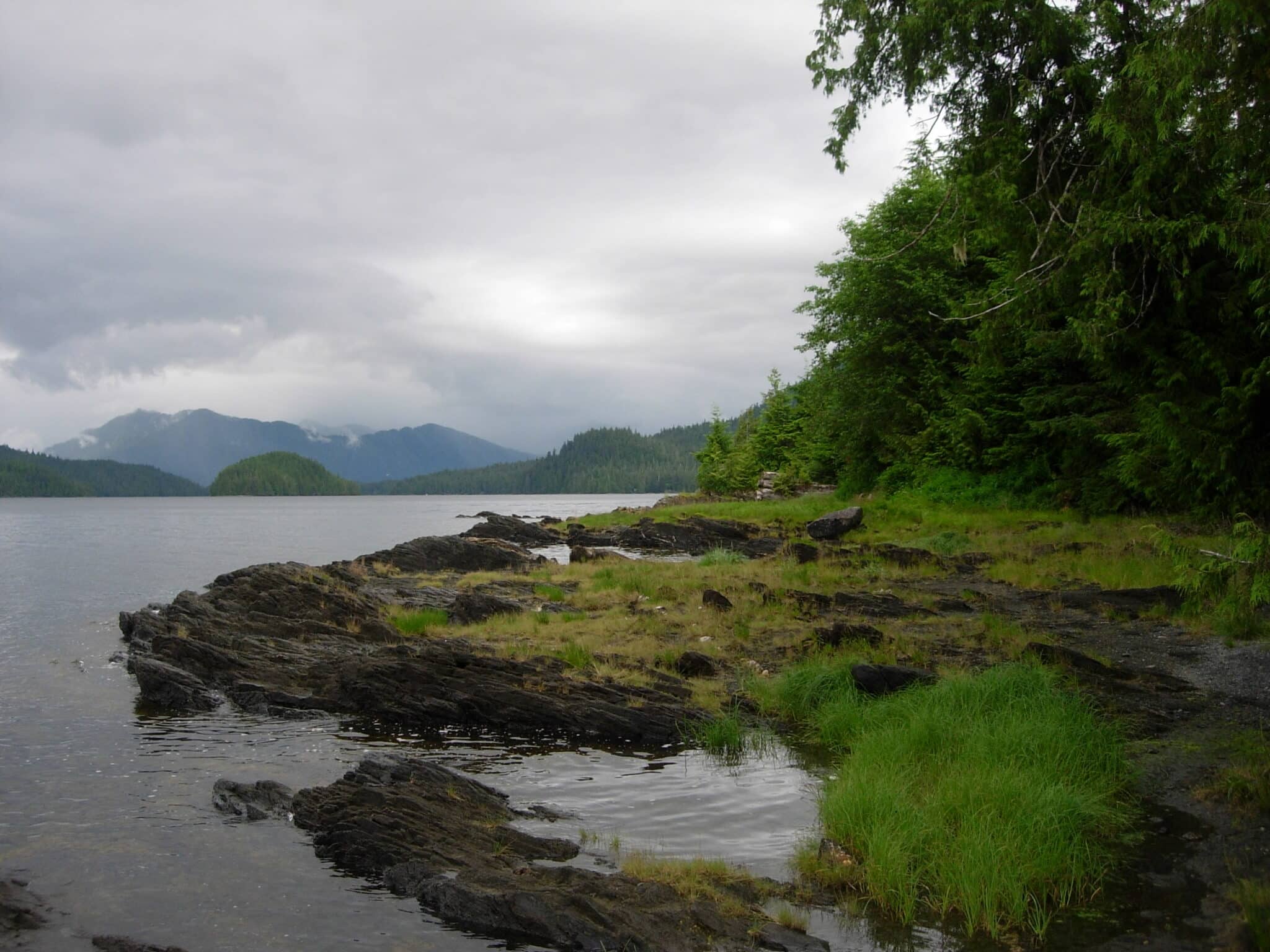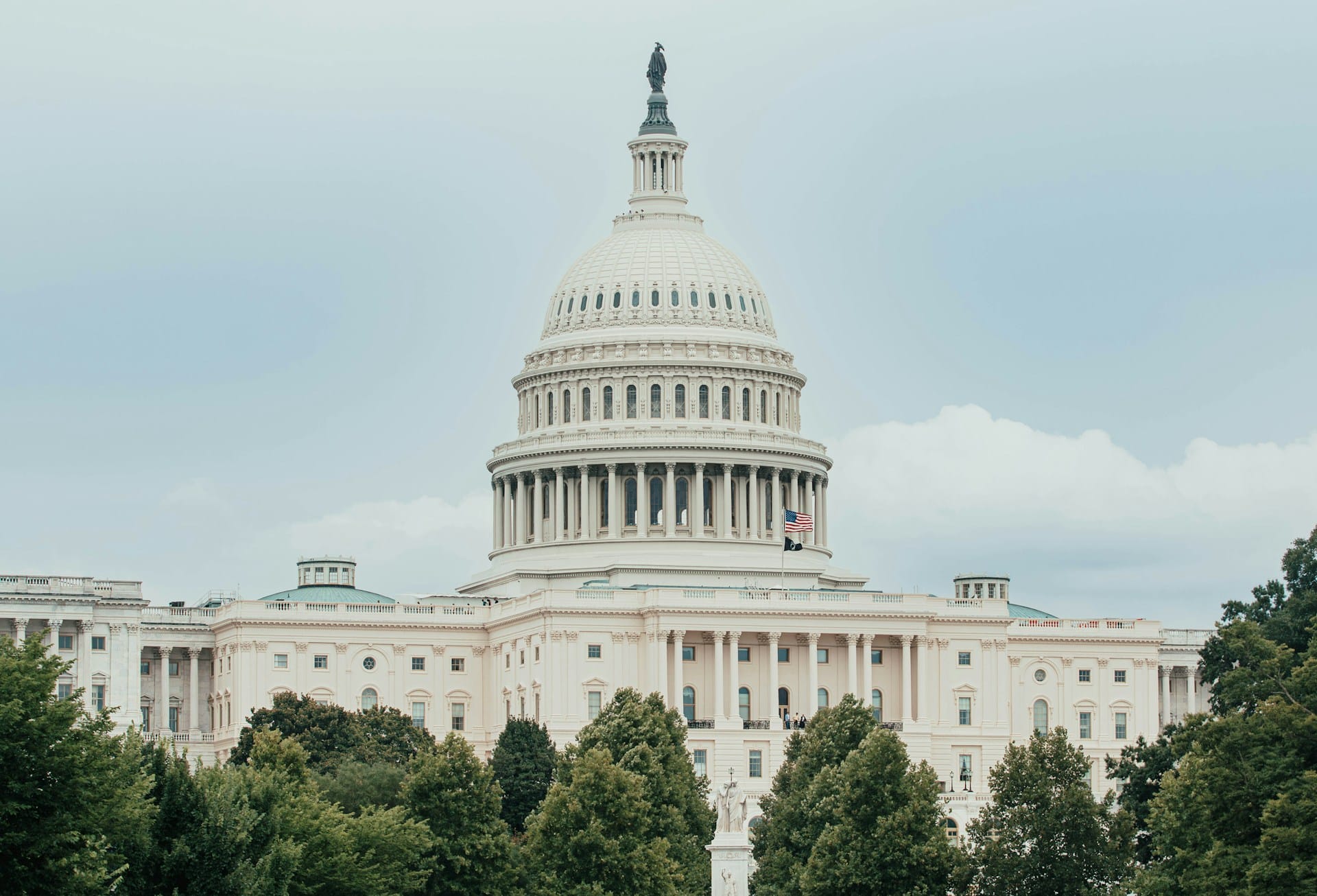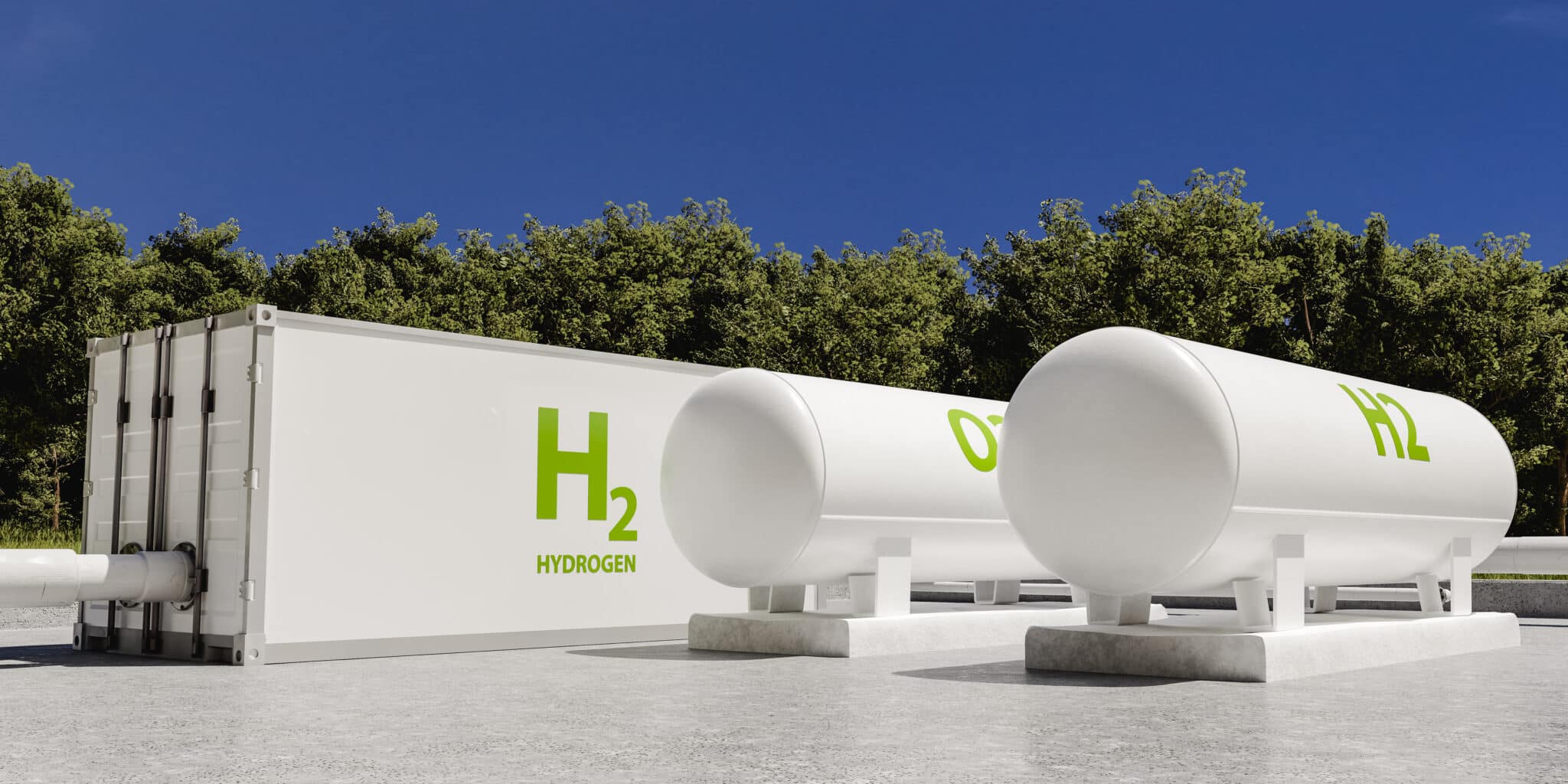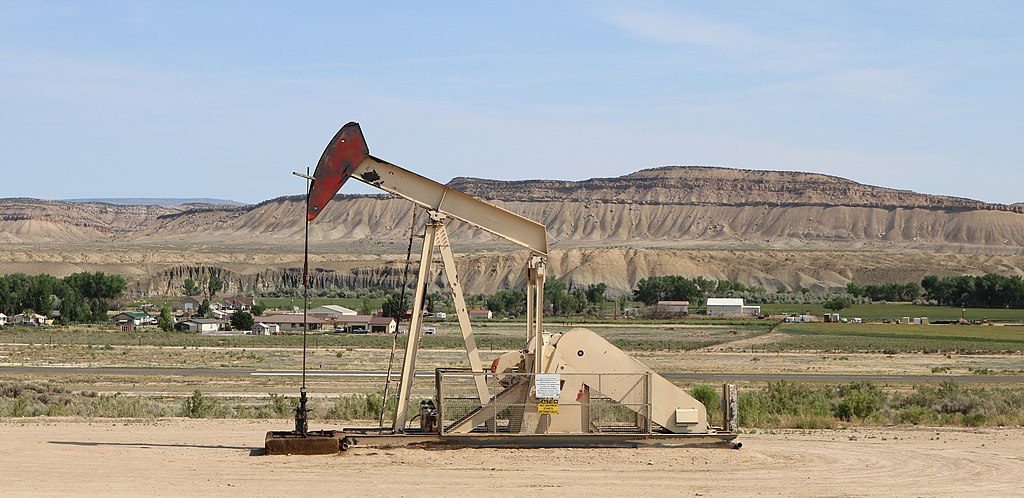Today, TCS Vice President Steve Ellis will be testifying before the House Transportation and Infrastructure Subcommittee on Water Resources and Environment at a hearing entitled, “The Economic Importance and Financial Challenges of Recapitalizing the Nation's Inland Waterways Transportation System.”
Related Materials:
Letter from Assistant Secretary of the Army for Civil Works to Chairman Oberstar about IMTS Report (December 21, 2010)
Proposed Inland Waterways Trust Fund Draft Legislation
Final Report on Inland Marine Transportation Systems (IMTS) Capital Projects Business Model
Nicolet Island Fact Sheet on the Inland Waterways Navigation System
************************************************************
Testimony of Steve Ellis
Vice President, Taxpayers for Common Sense
Subcommittee on Water Resources and Environment,
Committee on Transportation and Infrastructure hearing on
“The Economic Importance and Financial Challenges of Recapitalizing the Nation’s Inland Waterways”
September 21, 2011
Good morning, Chairman Gibbs, Ranking Member Bishop, members of the subcommittee. I am Steve Ellis, Vice President of Taxpayers for Common Sense, a national non-partisan budget watchdog. Thank you for inviting me here today to testify on reform of the Inland Waterway System and the fiscal issues surrounding it.
I find it ironic that to teach about how government works my government professor at the Coast Guard Academy chose Congressional Odyssey, a book about then-freshman Senator Domenici’s efforts to create the barge fuel tax, which was followed by Showdown at Gucci Gulch about the 1986 tax reform. Little did I know then that much of my future as a budget watchdog testifying on the inland waterway financing was set. One of my first jobs in the Coast Guard was to manage the inland waterway buoy tender fleet. In that capacity, I visited units operating on the inland waterway system, which gave me an appreciation of how it works. I have continued to work on inland waterway issues for the rest of my professional career.
The Inland Waterway System
The inland waterway system is made up of rivers –mostly in the mid-west and east – that the U.S. Army Corps of Engineers maintains for navigation. To make these rivers navigable, the Corps uses a variety of tactics including dredging, bank stabilization, placing rock structures in rivers to concentrate flow, and constructing navigation locks and dams to maintain depth. A Congressional Research Service analysis of freight data found that the inland waterway system carried 550 million tons of freight in 2007 – just under 5% of the total domestic freight that year. One of the limitations on the system is that commodities have to go where the river goes, whereas you can truck or rail cargo virtually anywhere in the country. So while one barge can carry far more cargo than a truck or a rail car, it can’t always take the cargo to its ultimate destination. This limitation and the fact that waterborne traffic moves far slower than other modes means the cargo transported is almost always low value, high volume, non-time-sensitive commodities. The vast majority of the traffic is bulk commodities, particularly grain, and on some waterways, coal. Also, all segments of the system are not equal. In fact, 90% of the traffic is on the Mississippi, Ohio, Illinois, and Gulf Intracoastal Waterway. While some liken the other segments of the system to feeder streets to the main navigation highway, the data indicates traffic originates on the workhorses of the system and these other segments are more like driveways serving local or individual concerns, but lacking a true federal interest.
Most segments of the inland waterway system do not maintain adequate depth to maintain navigation (9 foot minimum).
One way to maintain adequate depth is construct dams to create a series of pools. But a series of pools does not make a navigable system. There must be a means for traffic to move from pool to pool. Thus, navigation locks are built into the dam structure. In essence, locks consist of a rectangular chamber with doors on the upstream and downstream end. A tow traveling downstream would enter the lock at the upstream pool height, the doors would close behind it, water is released to achieve the height of the downstream pool, the downstream doors open, and the tow is on its way. A key point is that you can have a dam on a river without a lock – Hoover Dam for instance – but you can’t have a lock without a dam. It would be like having a door without a building.
Funding History
When the first snagging and clearing was ordered by Congress in 1824, the construction and maintenance of inland waterways were fully subsidized by the taxpayer. That changed, starting in 1978, when Congress created a barge fuel tax and then in 1986 when they created a cost-sharing formula: 50 percent of the cost of construction and major rehabilitation projects on the inland waterway system would be borne by the Inland Waterway Trust Fund (IWTF) and 50 percent by the treasury. Since 1996, the IWTF has been funded by a 20-cent barge fuel tax. Similar to the 18.4 cent gas tax that was last adjusted in 1997 and funds the highway trust fund, inflation has eroded the purchasing power of the tax. In the FY12 budget request, the administration estimates $87 million in revenue from the tax.
The IWTF shares another dubious similarity with the HTF – overspending the revenues. For years there were complaints about IWTF surpluses. After a binge diet of spending, this is no longer a worry, and the IWTF is basically living hand to mouth. Other than those similarities with the HTF, there are significant differences between the IWTF and the other trust funds overseen by this committee. The Highway Trust Fund supports new construction and maintenance, while the Aviation Trust Fund, which generates revenue from passenger ticket taxes, funds construction and maintenance like runway rehabilitation. The Harbor Maintenance Trust Fund (HMTF) generates revenue from an ad valorem tax on imports (the export portion was found unconstitutional in a Supreme Court decision – U.S. v. U.S. Shoe) and funds maintenance dredging at the nation’s harbors. New construction – deepening projects – are cost-shared with the federal government. If it’s not obvious, all of the other transportation trust funds pay for maintenance costs except the IWTF. There’s an additional difference. WRDA 86 also created the Inland Waterway Users Board – a federally funded, federally staffed board of private industry that recommends how taxpayer’s money should be spent. None of the other transportation systems has a taxpayer-funded advocate sitting at the table.
The atypical cost-sharing structure of the inland waterways creates costly, unintended, even bizarre consequences. Since users don’t have to pay anything for maintenance, they are constant cheerleaders for new construction. There is absolutely no recognition of the maintenance costs associated with the inland waterway system. There is no market mechanism to suggest that times have changed and certain waterways should no longer be maintained. There are federally maintained waterways that see almost no traffic in a year yet the taxpayer is on the hook to maintain the system. In an earlier analysis, 17 segments of the inland waterway system had 2.3 percent of the total traffic, yet reaped 30 percent of the operations and maintenance funding. After the Chattahoochee River saw only a handful of barge tows one year, former Congressman Tancredo (R-CO) opined that it would be cheaper to ship by limousine.
The full federal funding of operation and maintenance on the inland waterways system differs from other Corps of Engineers projects as well. As discussed, harbor maintenance projects are almost entirely funded through the HMTF. Flood control projects – in many cases the levees that line the navigational waterways – are constructed with the understanding that maintenance will be funded locally, as are most environmental restoration projects. Shore protection projects are fully cost-shared. So even in the Corps portfolio, inland navigation has a sweetheart deal. In fact by the Corps’ own analysis, over the last three years the IWTF has covered only about 8% of the costs for making navigation possible on the inland waterway system, while non-federal sponsors in the coastal system have covered nearly 80% of the costs, despite the fact that the economic contribution of coastal navigation dwarfs the economic contribution of the inland waterways.
Inland Waterway Users Board Proposal
The IWTF has been sorely underfunded virtually from the beginning. The lack of significant revenue, inflation, and overspending has put the system on the brink of bankruptcy. The taxpayer subsidized house of cards is falling down. Recognizing this, the taxpayer-subsidized users board developed a proposal – with significant Corps of Engineers assistance – to dramatically increase the subsidy for the inland waterway system. Remember, the inland waterway system already receives a 90 percent subsidy.
I thought about how to charitably characterize the proposal but all I could come up with was – greedy.
The original proposal offered a marginal increase in the unchanged for 15 years fuel tax and in return demanded a series of increased subsidies that more than offset any increased revenue. But in the draft legislation that has been circulating, the modest increase of the gas tax by a few pennies has been jettisoned. At a hearing of this very committee last year, the Chairman of the Inland Water Users Board said this fuel tax increase was “a measure of the seriousness and spirit of compromise” on the part of industry. Now they are just asking for more subsidies, which, particularly in this budget environment, is preposterous.
First, the proposal retains cost-sharing for navigation locks but places dam major rehabilitation or construction on the backs of taxpayer, arguing that the pools or lakes behind the dam provide water supply, hydroelectric energy, flood control, and recreation benefits. In reality, there are plenty of recreation benefits at the hundreds of undammed rivers around the country. Similarly, many non-navigable waterways provide water supply. The vast majority of navigation locks and dams are built for just that – navigation. Any other benefits are incidental. Besides that, as I earlier indicated, the dams are critical for navigation. You can have a dam without a lock, but a lock without a dam is worthless.
The IWUB proposal also shifts major lock rehabilitation projects costing less than $100 million to the taxpayer. Of course there hasn’t ever been a major lock rehabilitation project that exceeds that amount, so all lock rehabilitations are shifted to the taxpayer.
But lastly, and most insultingly, the IWUB proposal directs that all cost overruns be borne by the taxpayer. The baseline is the feasibility study. Everyone who’s ever taken more than a passing glance at a Corps project justification knows that feasibility cost estimates are a fiction. That is everyone except Congress. I think the Corps motto should be changed to “We may take twice as long, but we cost twice as much.” An analysis by the Great Lakes and Ohio Division of the Corps noted that the more than 50 percent cost increase on the Olmstead lock project was significantly impacted by the Corps fallacious assumption that optimal funding would be provided. Explaining this situation, the Corps wrote: “The initial Feasibility cost … assumes that engineering, real estate and construction funds will be available at the beginning of the project. This is never the case…” The cost increase is baked in. This is a bigger problem than just inland waterway projects and skews the benefit cost ratio in favor of approving projects throughout the Corps portfolio. The IWUB proposal on cost overruns would put inland waterway construction projects in an exalted status that exists for no other federal project.
There will be real and serious impacts of adopting the IWUB proposal. The board envisions spending $380 million on inland waterway construction annually – more than doubling present spending levels. Considering that Congress is supposed to adopt at least $1.2 trillion worth of deficit reduction by the end of the year, it’s unrealistic to think the Corps’ budget is going to increase in the foreseeable future. That means it’s a zero sum game. Any increase on spending for inland waterway projects will come at the expense of harbor deepenings, beach replenishment, flood control, and environmental restoration projects. Furthermore, none of the inland navigation projects the Corps has green-lighted in recent decades have met their economic predictions. In an era of austerity and prioritization, this record hardly justifies increased investment at the cost of other Corps mission areas.
This proposal highlights problems with the Inland Waterway Users Board. I am not aware of a similar entity with such a role in directing federal spending; there is no port or highway or airport users board made up entirely of industry officials and staffed by government employees, charged with making recommendations on the priorities and spending from a trust fund. TCS has called for the abolishment of the Inland Waterway Users Board.
Next Steps
Everyone agrees that there is a problem with the Inland Waterway Trust Fund. But the solution is not to ignore it and turn around and throw more subsidies at the inland waterway system.
The cross subsidies within the inland waterway portfolio are immense. Although the fuel tax does not fund O&M, comparing tax revenue to O&M spending by waterway segment is illustrative of some of the issues. The only waterway that raises more revenue than O&M expenditures is the Lower Mississippi River. Even other high volume waterways such as the Ohio and Upper Mississippi get far more O&M support than they contribute in revenue: four times on the Ohio and six times as much on the Upper Mississippi.
One of the main drivers of cost on the inland waterways system – both construction and operations and maintenance – is the navigation locks. Because of this, whatever financing structure is contemplated, there must be some sort of lockage fee. That could be flat fees or sliding scales to help combat congestion delays or some other revenue generator.
In addition, rather than increasing the current 90 percent subsidy, the inland waterway industry needs to bear at least some of the cost of operations and maintenance. As I indicated earlier, inland navigation is unique within the Corps’ portfolio of projects in that there is no non-federal responsibility for operations and maintenance. This creates a perverse incentive for the building of projects which otherwise would not be sought by users if they were held responsible for a share of the annual operations and maintenance costs. And it is out of step with the call from all corners for shared sacrifice and making tough choices as we right our fiscal ship.
The President’s proposal to the Joint Select Committee on Deficit Reduction proposed raising $1 billion from a new fee to supplement the existing fuel tax. It is unclear what the structure of that fee will be.
Whatever the new financing structure, one key reform that is sorely needed across the Corps program is a prioritization mechanism. Earmarks severely detracted from any rational budget process. Now with the current earmark moratorium, the Administration is left to select the “winners” and “losers” in the Corps program. The decision making as to what projects should be funded and how much is largely a black box. Congress should work with the Administration to develop transparent and realistic criteria and metrics that would enable projects to be evaluated and prioritized for funding on the basis of merit. This will give taxpayers greater confidence that the best, most important projects are being funded. We cannot afford to award project funding on the basis of political muscle.
The nation is facing a $1.3 trillion budget deficit and a more than $14 trillion chasm of debt. Hard choices have to be made and we need shared sacrifice. Instead of giving away another taxpayer handout there needs to be a thorough reevaluation of the inland waterway system that looks at shutting down some of the deadbeat waterways and prioritizing our investments. This effort should be done throughout the Corps program.
The inland navigation system has a significant role to play in our nation’s freight transportation mix. It cannot be simply about spending more; it has to be about spending wisely.
Thank you for the opportunity to testify and I look forward to answering any questions you might have.










